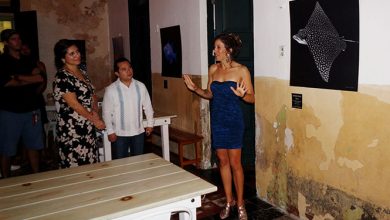Nao de China

Also known as the Manila Galleon, these ships sailed between China and Mexico, bringing silk, spices, and an influx of Asian culture
Whether on a large or small scale, commercial trade has always been a source of growth for communities and civilizations. In the search to find new routes to the mysterious and far lands of Asia, Europeans always challenged their knowledge and ventured to go beyond their known world. Not only did they have incredible tales of unknown peoples and customs coming from the East, but also objects and food, including silk and spices.
In this race to find more accessible and less controlled routes, Christopher Columbus opened a new era for humanity. During the conquest, an intense interchange of products, cultures, and art happened between these two lands. The desired Asian products came to Mexico on the famous Nao de China galleon, also known as the Manila Galleon which docked in the port of Acapulco. Nao was the name by which these famous ships were known.
The first time the Nao left Manila was in 1573. It traveled across the Pacific for about four months, as it had to go north to Japan to find the right current towards modern-day California, and go south to Acapulco from there. The trip back was shorter because they only had to take the current that goes from Acapulco to the Philippines.
The Nao arrived twice each year on its voyage from Manila, carrying merchandise from China, Japan, and India, among others. Among the merchandise were the famous rebozos, Chinese porcelain, ivory, fans, textiles, spices like cinnamon and pepper, and decorative objects. These products were not all from China, but the name began to stick.
Every time the Nao came to Acapulco, it became a fair of eastern products, mostly sent to the center of the country, which was at the time the political center of New Spain. The products were acquired by people of different social status, creating not only a commercial interchange but also cultural and artistic.







